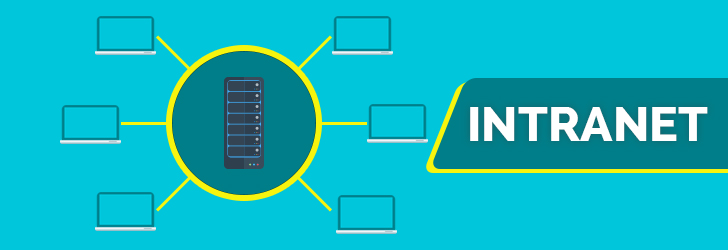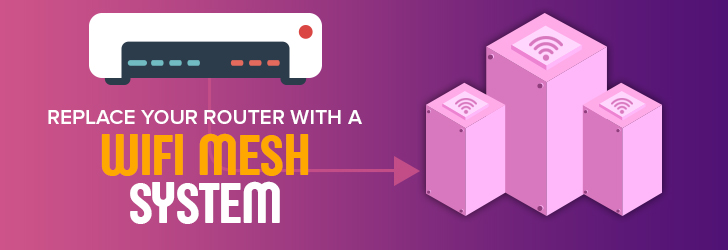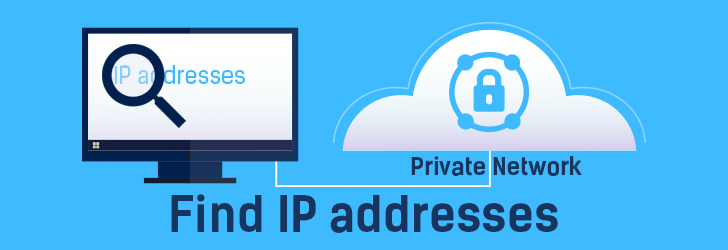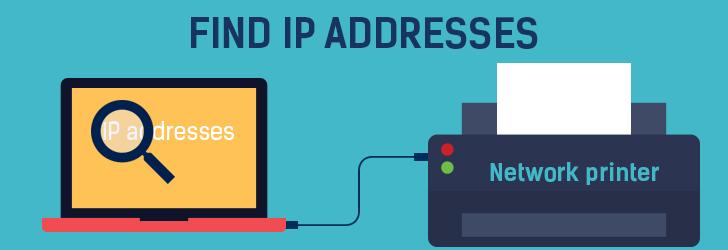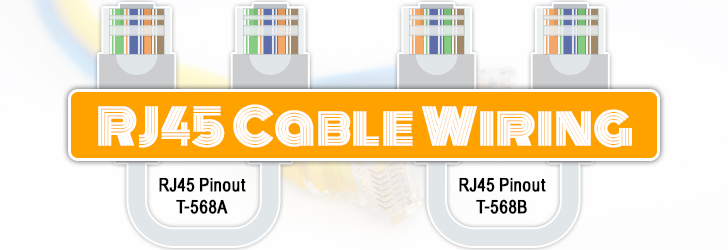
An Internet Service Provider (ISP) is an organization which provides internet services to users. These organizations can be commercial, non-profit, private, or even community-owned. One of the key services they provide is the ability for their users to access the Internet. Laptops, computers, mobile devices, and any smart device that is capable of connecting to the Internet will require an ISP to connect to the Internet. To accomplish this, the ISP will provide the user with their own IP Address, which may be static or dynamic, to use as identification while surfing the internet. The user would then browse a website from their web browser by typing in its website name; let's say, iplocation.net. This website name (domain name) would be translated into its own IP Address which uniquely identifies the website via DNS. This IP Address is then sent to the user's local router which is then forwarded to the user's ISP and then from there; to iplocation's ISP via ISP Switching centers like Metropolitan Area Exchange (MAE). Other services an ISP may provide include Internet transit, web hosting, Usenet service, and co-location services. Internet transit is a service provided to allow a smaller ISP to connect to the Internet and have their network traffic "transit" over a network. Web Hosting is provided to users who require a means to keep their website active and available but lack the equipment to do it themselves. Usenet was one of the first means of communication on the Internet that was designed back in the 70s and is no longer used. Finally, co-location is the service of providing server space and equipment for rental to hosting customers.


